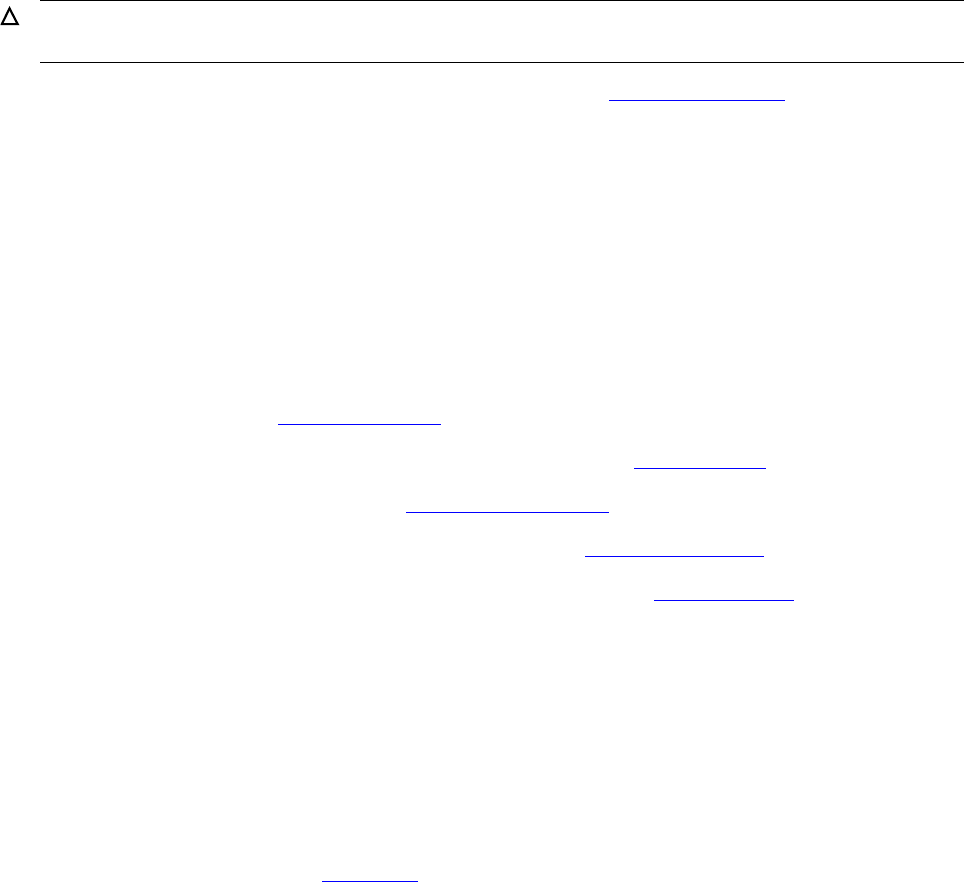Native Inspect Manual (H06.03+)
Table Of Contents
- What’s New in This Manual
- About This Manual
- 1 Introducing Native Inspect
- Native Inspect on TNS/E Systems
- Debuggers on NonStop TNS/E Systems
- Origins of Native Inspect
- Process Debugging With Native Inspect
- Debugging Multiple Processes
- Global Debugging
- Debugging TNS Processes
- Snapshot File Analysis
- Debugging DLLs
- Handling Events
- Switching Debuggers (To or From Inspect and Visual Inspect)
- Stopping Native Inspect
- Differences Between Native Inspect and WDB and GDB
- 2 Using Native Inspect
- Quick Start for Inspect Users
- Preparing to Debug Using Native Inspect
- Sample Native Inspect Session
- Start Your Program Under Native Inspect
- Load Symbols
- Determine Compilation-Time Source Name
- Set Source Name Mapping
- Add Current Directory to Source Search Path
- List Source
- Set a Breakpoint on main()
- Continue Execution
- Trace the Stack (Back Trace)
- List Source
- Step Execution (Over Any Function Calls)
- Print a Variable
- Step Execution (Over Any Function Calls)
- Step In to a Called Function
- Set a Memory Access Breakpoint (MAB)
- Trace the Stack (Back Trace)
- List Source
- Continue Listing Source
- Set a Breakpoint on Line 52
- Continue Execution
- Display a Structure
- Enable “pretty” Printing
- Modify a Structure Field
- Terminate Program and Session
- 3 Syntax of Native Inspect Commands
- Categories of Native Inspect Commands
- Syntax of Common Command Elements
- # command
- a command
- add-symbol-file command
- amap command
- attach command
- base command
- break command, tbreak command
- bt command
- can command
- cd command
- commands command
- comment command
- condition command
- continue command
- d command
- delete command
- delete display command
- detach command
- dir command
- disable command
- disable display command
- disassemble command, da command
- display command
- dmab command
- down command, down-silently command
- enable command
- enable display command
- env command
- eq command
- exit command
- fc command
- files command
- finish command
- fn command
- frame command, select-frame command
- help command, help option
- hold command
- i command
- ignore command
- ih command
- info command
- jb command
- jump command
- kill command
- list command
- log command
- ls command
- mab command
- map-source-name command
- mh command
- modify command
- next command, nexti command
- nocstm option
- output command
- print command
- priv command
- ptype command
- pwd command
- quit command
- reg command
- save command
- select-frame command
- set command (environment)
- set command (variable)
- show command
- snapshot command
- source command
- step command, stepi command
- switch command
- symbol command, symbol-file command
- tbreak command
- tj command, tu command
- tn command
- unload-symbol-file command
- until command
- up command, up-silently command
- vector command
- version option
- vq command
- wait command
- whatis command
- x command
- 4 Using Tcl Scripting
- A Command Mapping With Debug and Inspect
- Glossary
- Index

Introducing Native Inspect
Native Inspect Manual—528122-003
1-18
Debugging TNS Processes
•
The super ID has the unique ability to vector to and examine processes running in
the current CPU without establishing a debugging session with that process.
•
When privileged debugging mode is enabled, the attach command issues a
DEBUGNOW request rather than a DEBUG request.
Debugging TNS Processes
Native Inspect does not support debugging TNS processes. However, a TNS process
comes under the control of Native Inspect when the Inspect subsystem (T9226) is not
running.
If the current process is a TNS process, in Native Inspect. you can:
•
Create a snapshot of the TNS process for later analysis with Visual Inspect or
Inspect (using the save command)
•
Display a stack trace of the TNS process (using the bt command)
•
Continue execution (using the continue command)
•
Transfer the TNS process to Inspect (using the switch command)
•
Stop the TNS process or exit the debugger (using the kill command)
For TNS programs that are executing OCA-generated TNS/E code, Native Inspect can
debug the program, nonsymbolically, at the TNS/E machine level. You can use
commands such as continue, finish, next, step, and until. Native Inspect applies the
commands to the underlying TNS/E native view rather than to the TNS process itself.
Also, the bt command can display a TNS stack trace.
Snapshot File Analysis
A process snapshot file or snapshot is a disk file that is an image of a process, its data,
and its status at the moment it was saved—analogous in function to “core” files on
UNIX systems. Snapshots have file code 130. All three debuggers—Native Inspect,
Visual Inspect, and Inspect—can be used to debug snapshots (Inspect refers to
snapshots as save files).
Creating a Snapshot
You can create snapshots in several ways, such as:
•
Using the save command (Native Inspect)
•
Using the Save Snapshot command (Visual Inspect)
Caution. Use the super ID’s vector capability with care. The process might be executing, and
you cannot use execution control commands or commands that alter the process state.










